What We Do
We Develop Large Scale Solar Farm Projects
Solar Power has won the race to be the most practical and economically viable method of electricity supply with zero carbon emissions. It is the fastest growing source of new energy globally, and we are at the forefront in unlocking its potential in Europe and beyond. We have a detailed and innovative approach to project identification and our work involves all aspects of project development.
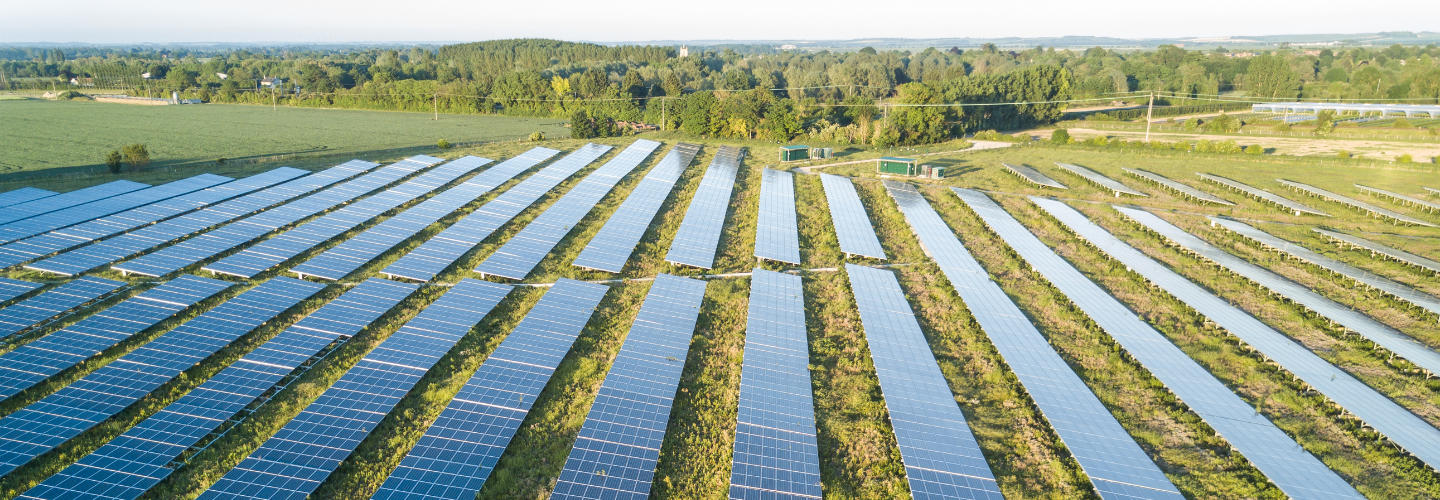
The Project Life Cycle
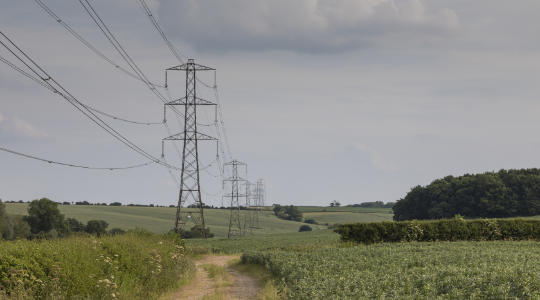
Step 01
Grid Connection
We start with the electricity network. Europe electricity distribution network is split across a number of Distribution Network Operators (DNOs), and we work with them to identify areas of the network which have capacity to connect a large-scale solar PV project.

Step 02
Land Identification
Once we have identified a suitable connection point we use detailed Geographical Information System technology to identify land in proximity to the connection point which would be suitable for development and would meet the strict criteria for planning consent. The requirements are very specific, and we only target land which will meet the criteria and importantly will not impact on the surrounding landscape, heritage assets, national parks and AONB, and food production.
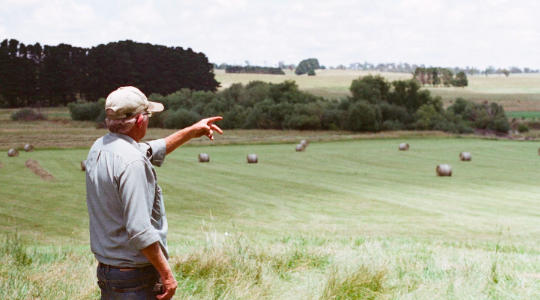
Step 03
Communication
Once grid and land have been fully investigated, we make contact with landowners. As such, we only ever contact landowners if there is a very strong chance that a project is going to proceed. We work closely with our Landowners to put in place lease agreements which work for both sides. Whilst we seek planning consent for a project we sign an Option Agreement, which gives certainty on the contractual terms to both sides for the period of time in which we are putting in place the planning consent. Many of our Landowners are grateful for the diversification of their wider farming businesses, and the economic prosperity is critical to supporting the health of rural communities.

Step 04
Planning
We are supported by a large network of consultants and surveyors who support us with our planning processes. We engage with local authorities and parish councils as early as possible, and design our projects to an industry leading standard to ensure minimal impact on landscape, and aim for enhancement of ecology and public amenity features wherever possible.
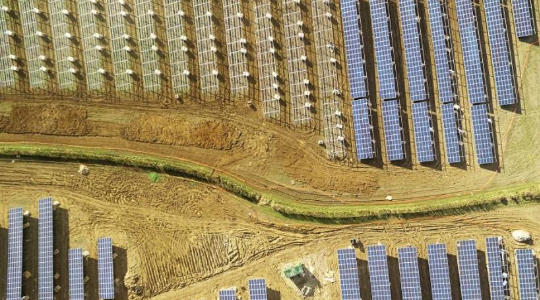
Step 05
Construction
The construction period for a solar PV project is relatively quick, taking between 3 and 6 months dependent on the size of the project. We work with our engineering and construction partners to supervise the construction process, and to ensure the minimum amount of disruption to our landowners and the local area as possible.
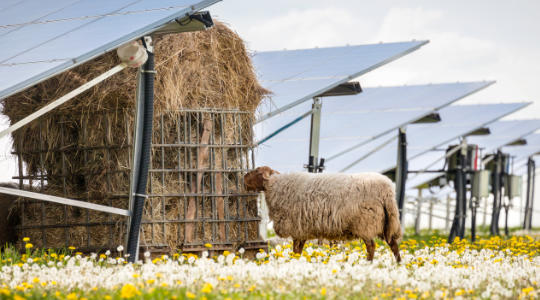
Step 06
Operation
Our projects are engineered and designed to last for forty years. Solar PV projects require minimal ongoing maintenance (less than agricultural traffic) and will quietly produce clean electricity with minimal efficiency losses over their lifetime. Projects can retain an agricultural use through sheep grazing which we encourage. As the land is not disturbed for forty years, our projects become havens for wildlife.
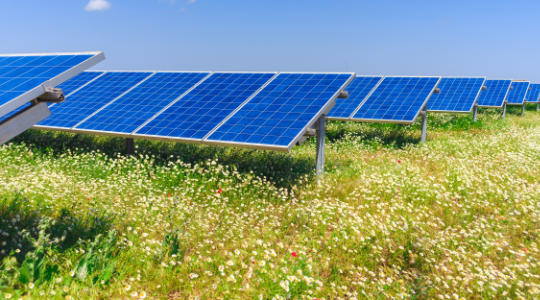
Step 07
Decommissioning
At the end of the life of the project the equipment will be removed and the land can be returned to its previous use. Due to the reduced intensification of farming during the life of the project, soil nutrients increase, which leads to greater productivity of the land for future food production.